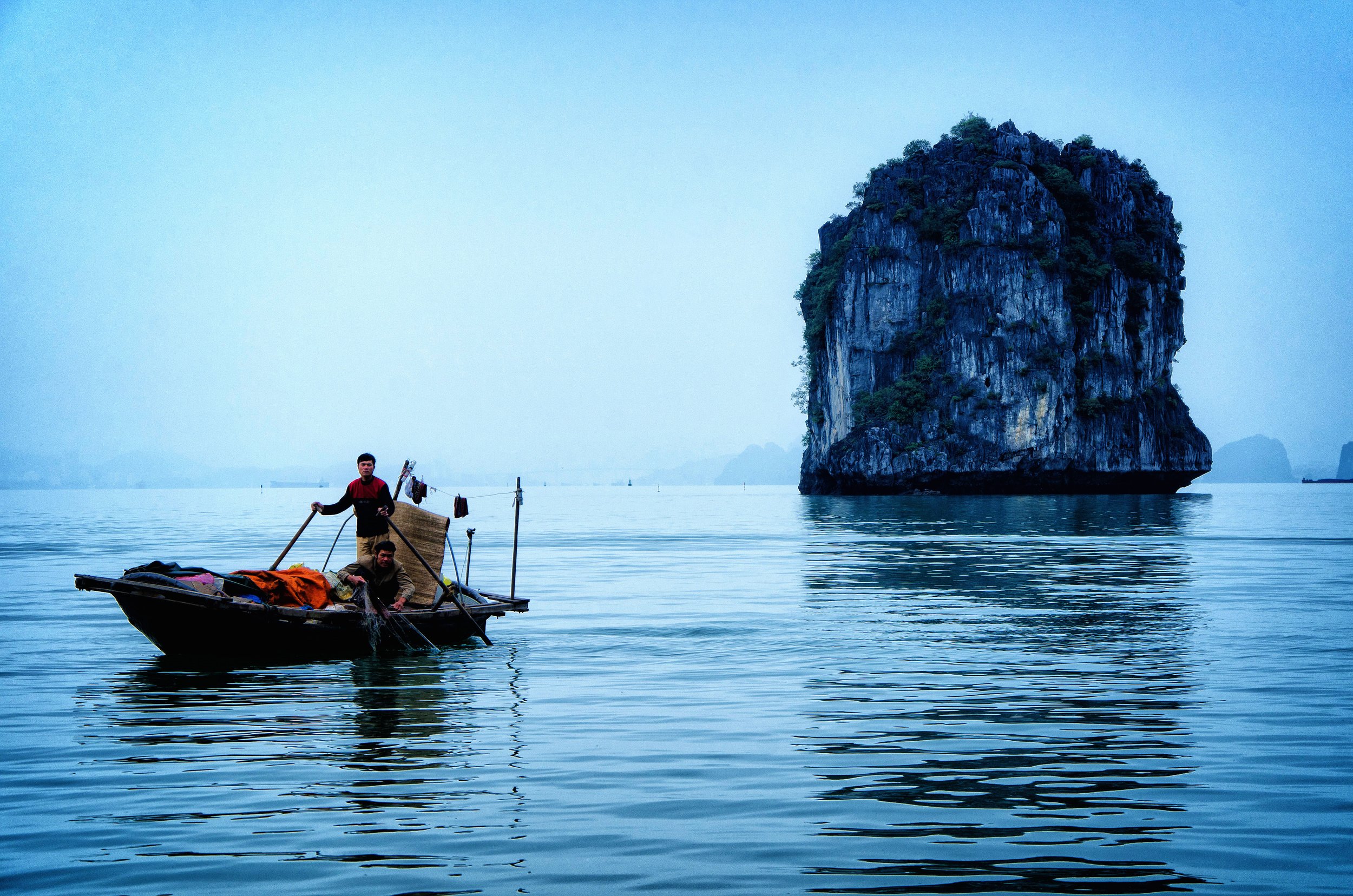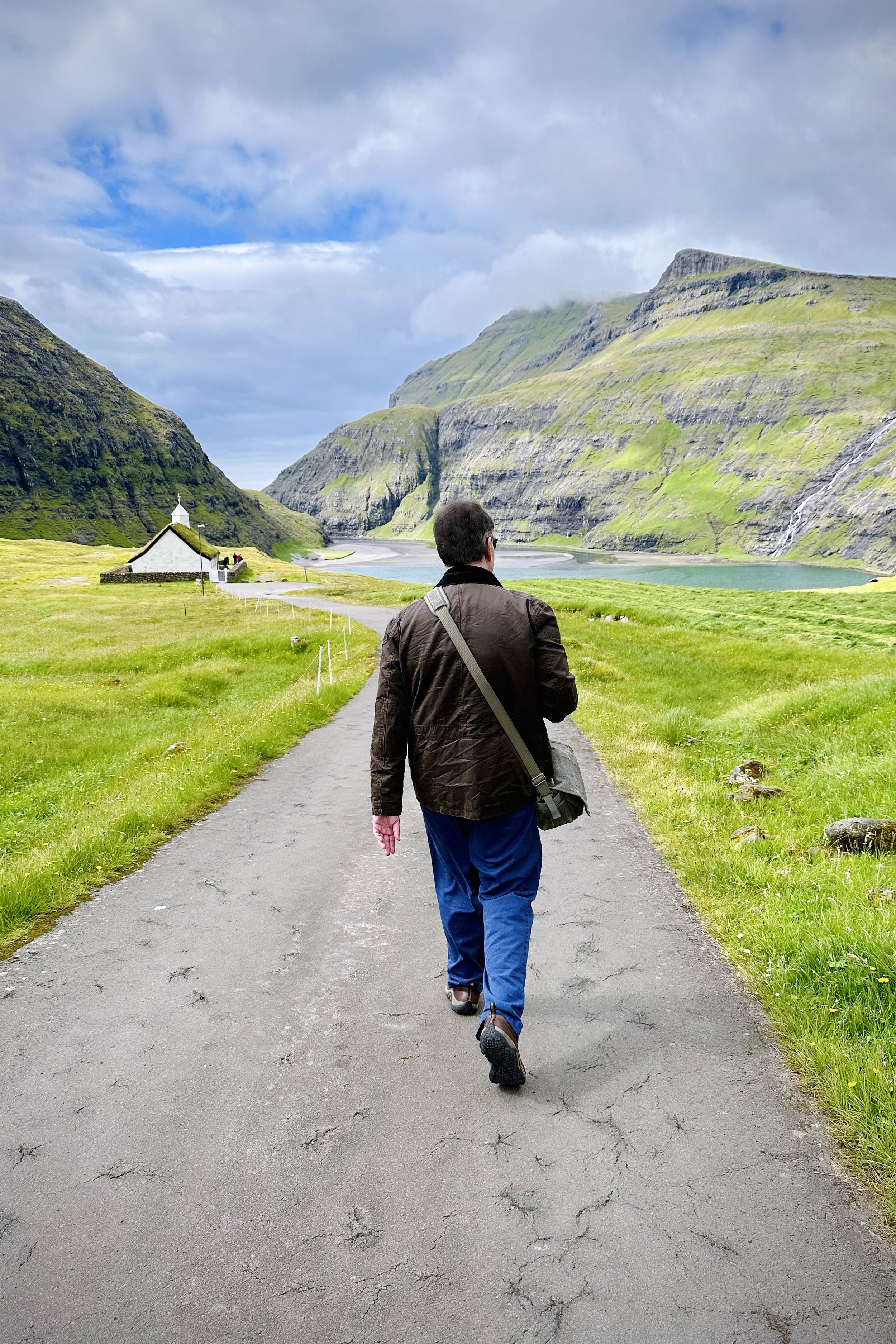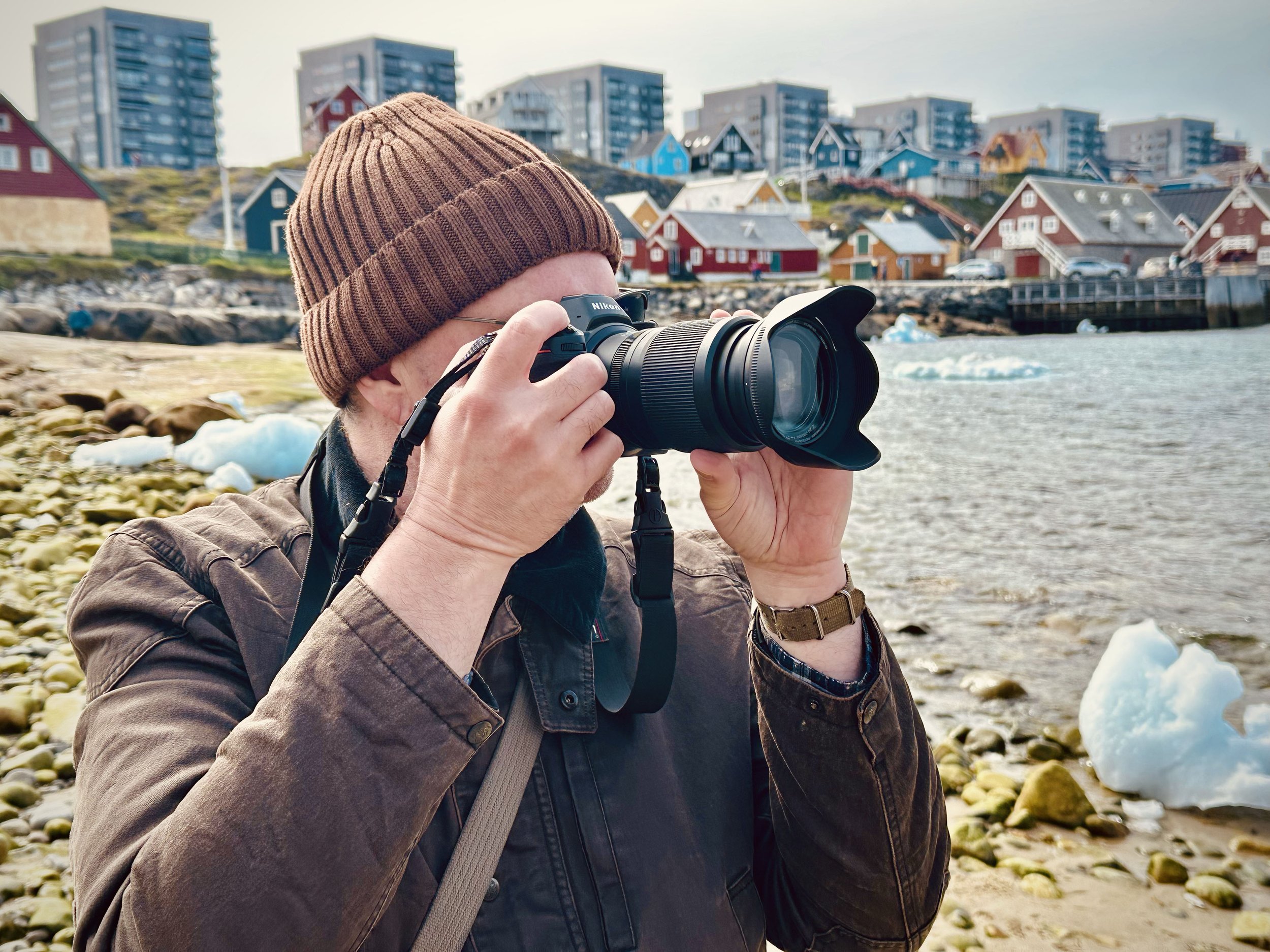Interview
Jeremiah Gilbert
Jeremiah Gilbert is an award-winning photographer and travel writer based out of Southern California. His travels have taken him to over a hundred countries and territories spread across six continents. His photography has been published internationally and exhibited worldwide. He is the author of three travel books, including Can’t Get Here from There: Fifty Tales of Travel and From Tibet to Egypt: Early Travels After a Late Start. His most recent, On to Plan C, documents his return to travel in a post-pandemic world and is the first to include his photography.
What is your background and how did you start your journey in the art world?
“My father was an artist and, as such, I tried my hand at both painting and drawing when I was growing up but neither really spoke to me. However, when I discovered photography, I knew that I had found my visual creative outlet. I was introduced to photography back when the only option was film, and my first camera was fully manual. This taught me to be selective, take my time, and really understand the effects of aperture and shutter speed, along with compositional components such as leading lines and negative space. Photography was a hobby until I went to Tibet in 2006. For that trip, I switched to digital and found a focus for my photography. I have been primarily a travel photographer ever since.”
What inspires you?
“I love to plan trips, whether through research, recommendations, or happenstance. For instance, years ago my wife and I were in Cambridge when it started to rain. Not having an umbrella, we popped into a bookshop. As is often the case, we headed for the Travel section and there was a photo book on display that we started flipping through. Included in it was Borobudur, a massive Buddhist temple in Indonesia that neither of us was familiar with. I knew then where our next destination would be and that started me thinking about cameras and lenses I should take. I like to previsualize shots, which helps me determine the camera and lenses to take on a trip. I try to pack light, typically one camera body and two lenses. It may seem counterintuitive, but I find limiting myself forces me to be more creative.”
What themes do you pursue? Is there an underlying message in your work?
“I have always been drawn to ruins and the remnants of past civilizations. For me, the imprint past peoples have left on the world is fascinating. When I was at university, to get from my department to the library, I had to pass through the archeology department and maybe that left an impression on me. To see what was there hundreds or thousands of years ago and try to imagine what it would have been like from what’s left is humbling. Humanity has had a long and varied history across the world, and I like to explore what’s left. That said, I also enjoy modern architecture and have developed an appreciation for street art. I suppose both could be seen as modern imprints on the world.”
How would you describe your work?
“Intentional. While I am a relatively quick photographer these days, it is due to previsualizing and having already thought of the settings I’m going to use before lifting the camera to my eye. I try to be aware of composition, light, shadow, and color when I create an image. I’ll often spend some time exploring an area before bringing out the camera to aid with this. Some photographers are constantly shooting or shooting from the hip, but I need to have a sense of my location before I start, and I have to have a viewfinder. Those other approaches can produce some incredible images, but it’s not what I prefer.”
Which artists influence you most?
“Supposedly, the photographer who introduced me to photography was trained by another photographer who was trained by Ansel Adams. I don’t know if it’s true, but Adams was an early influence on me regardless. I started out only shooting black and white as that was the only type of film I knew how to develop, and Adams was a master of black and white. A modern master would be Alan Schaller, whose work I admire greatly. He’s a fine art street photographer and that’s how I try to approach street photography myself. In terms of travel photographers, one of my greatest influences is Steve McCurry, who has created some amazing images over the decades. His sense of color and composition is incredible. Fan Ho is another photographer that continually inspires me. The images he created in Hong Kong during the 1950s and 60s are a masterclass in light and composition.”
“I have always been drawn to ruins and the remnants of past civilizations.”
What is your creative process like?
“One of the wonderful aspects of being a travel photographer is that it incorporates many different styles, including architectural, landscape, and street. And each of these has its own mindset and approach. For example, if I’m in a city such as London, I often switch into street photographer mode. This influences both the settings and lens I use, and how I scope out locations to photograph. In this instance, I’m often looking for a nice framing element that I’m hoping someone interesting will walk into. Architecture, on the other hand, uses different settings and a different lens, often wide angle, and now I’m focusing on things like leading lines and typically don’t want anyone in my photo.”
What is an artist’s role in society and how do you see that evolving?
“When I first started traveling with a camera, I used to focus more on documenting what I was seeing. However, with social media and things like Google Images, it’s become very easy to see what a location looks like, which has allowed me to shift away from documentary photography and be more creative in my approach. It’s no longer I went here and saw this but rather I went here and created this. I hope to inspire others to do the same. Go off into the world and come back with images unique to you. It can be far off the beaten path or a popular tourist destination. Go and create and find something everyone else missed.”
Have you had any noteworthy exhibitions you'd like to share?
“I love that my work has been exhibited in many places that I have not physically been to yet. For example, I’ve had a few photos over the years in exhibitions at the Glasgow Gallery of Photography. I’ve been to Edinburgh, but haven’t made it to Glasgow yet, but some of my photos have. Likewise, I’ve had photos included in the Chania International Photo Festival on the island of Crete. Again, I’ve been to Crete, but not Chania. One day I’d like to go see my work that’s on display somewhere I haven’t been to yet. That’s a good trip to plan.”
Website: jeremiahgilbert.com
Instagram: @jg_travels










